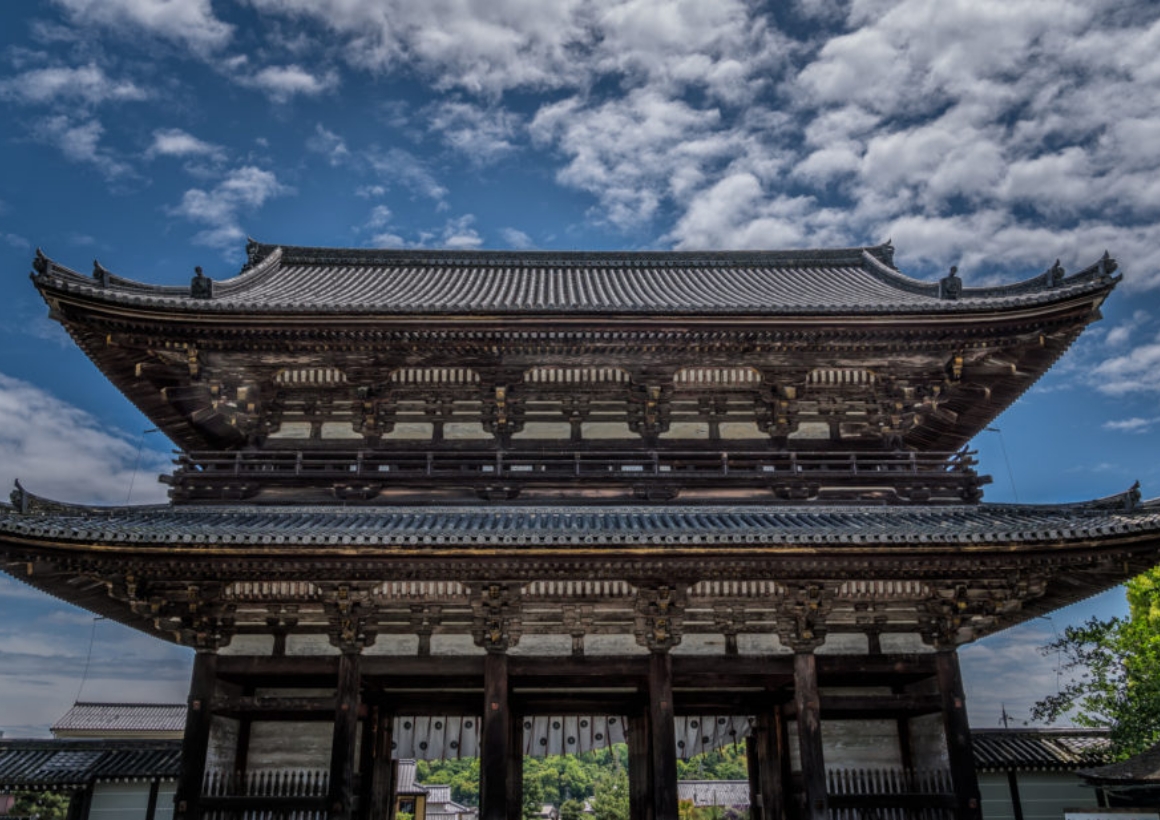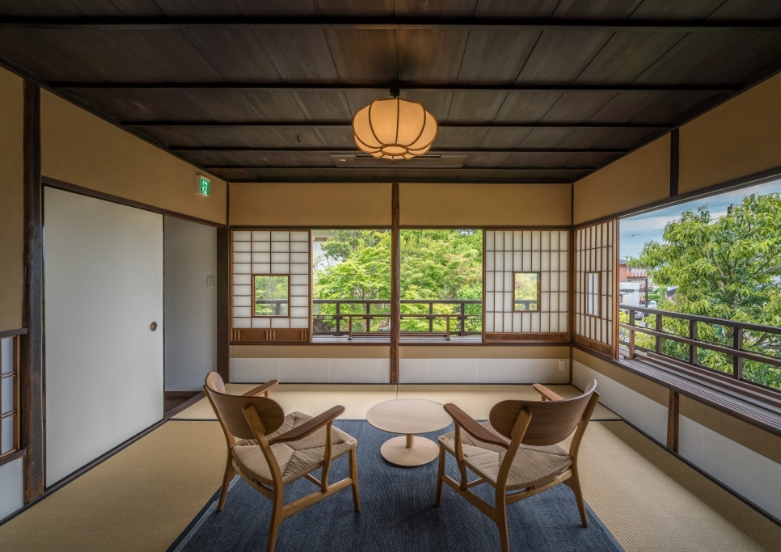
Syorin-an (accommodation)
“Shorinan”, a former residence of a samurai family serving Ninnaji Temple, was donated in 1937 by a descendant of Hisatomino Toutominokami, a lord of the Ninnaji Temple’s Omuro Gosho who founded the 88 temples in the Tempo era and also served as a doctor for the temple. It is a simple yet unique Sukiya-style building with a tea ceremony room, a tea preparation room, and a hall on the second floor.
Under the concept of “learning from the past,” the old and good things have been preserved, and the building has been revitalized as “Shorinan,” an accommodation facility that retains the good old Japanese atmosphere.
In the rooms, treasures related to the Emperor’s family from Ninnaji Temple are on display. Furniture and accessories are made from traditional Japanese crafts to be preserved for future generations.
-
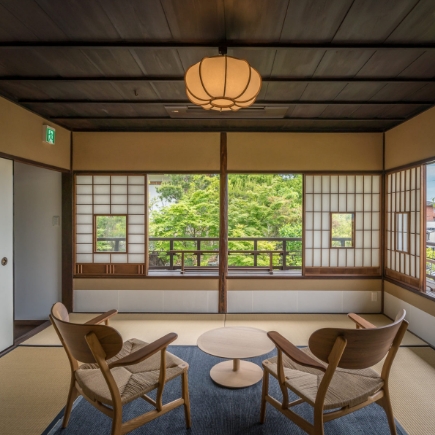
Image title -
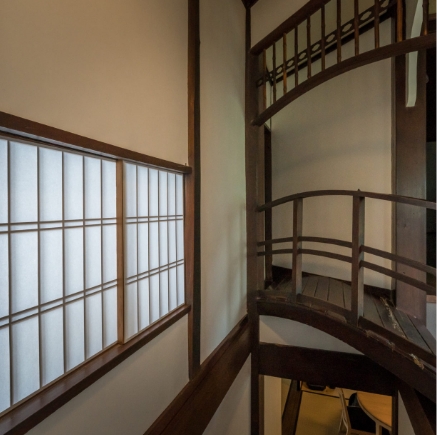
Image title -
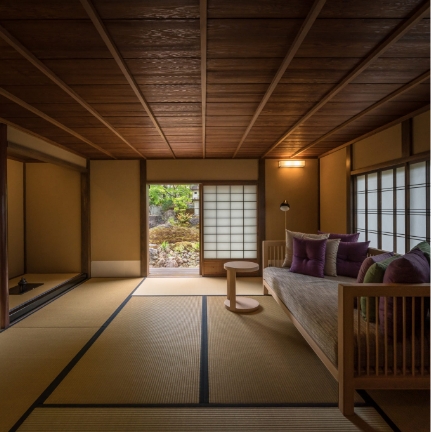
Image title -
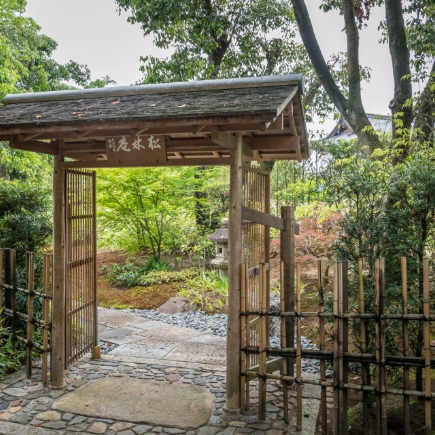
Image title
History of Ninnaji temple
Ninnaji Temple was founded in Ninna 4 (888) and is now the head temple of the Omuro school of Shingon Buddhism.
The grounds are lined with structures built during the Edo period, including the fivestoried pagoda and the Niomon gate.
The Omuro cherry trees, which were planted around the same time, reach their peak in mid-April, but like the buildings, they still look the same as they did back then. They were registered as a World Heritage Site in 1994.
The Beginning of Ninnaji Temple
Ninnaji’s history began in 886, when the fifty-eighth Emperor Koko vowed to build a temple called “Nishiyama Gokanji ”.
The following year, however, Emperor Koko died in the middle of his wish, so the fifty-ninth Emperor Uda inherited the last emperor’s will and completed the temple in 888. The name of the temple also changed from the era name to Ninnaji.
Photo: Emperor Koko
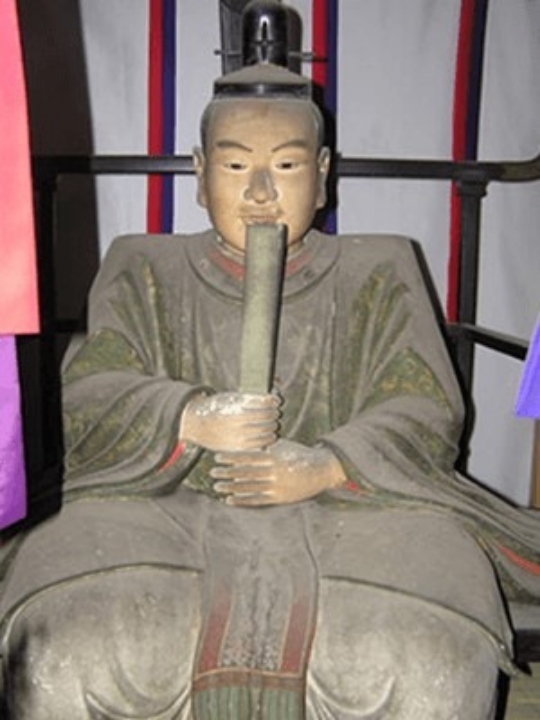
prosperity and decline
Emperor Uda abdicated the throne in 897 and later became a priest and became the first Cloistered Emperor Uda (Kanpei) of Ninna-ji Temple. From then on, members of the imperial family served as chief priests (monzeki) of Ninna-ji Temple for generations, maintaining the highest status as a monzeki temple during the Heian and Kamakura periods.
However, during the Onin War, which began in 1467, Ninna-ji suffered misfortune when most of the temple was destroyed by fire. Amidst this, the principal image,
Amida Sanzon, as well as other articles and teachings, were moved to Shinkoin,
Ninna-ji’s house, where they were handed down along with the Buddhist lanterns.
Photo: Cloistered Emperor Uda
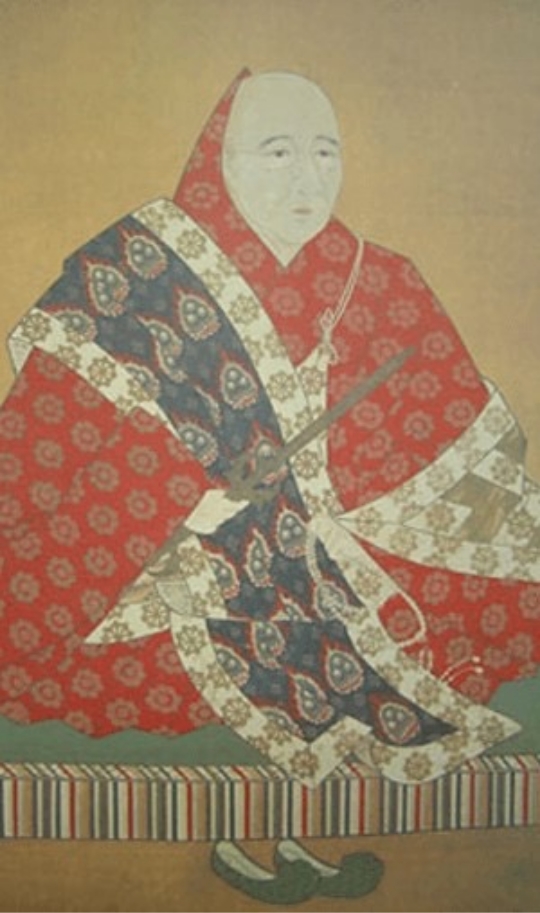
Reconstruction of the Edo period
In 1634 11, about 160 years after the Onin War, the opportunity to restore the temple finally came. According to “Ninna-ji Goden,” on July 24 of the same year, Ninna-ji Temple’s 21 chief priest, Cloistered Imperial Prince Kakujin, asked Iemitsu, the third shogun of the Tokugawa shogunate, who was in Kyoto, to restore Ninna-ji Temple, and he accepted.
Furthermore, it coincided with the reconstruction of the Imperial Palace in the Keicho era, and many structures were granted from the Imperial Palace, including the Shishinden (now Kondo) and Seiryoden (Goeido), and the reconstruction of the temple was completed in 1646. At last, the temple was able to return to its original appearance.
Ninna-ji Temple in the early-modern period
In 1867, the 30 th Cloistered Imperial Prince Sumihito returned to secular life, ending the history of the Miyamonzeki, where members of the Imperial family became chief priests. The palace burned down in 1887 (1887), but was rebuilt in the Taisho period.
In the Showa period, Ninnaji Temple became the head temple of the Omuro school of the Shingon sect, and in recent years it has been inscribed on the UNESCO World Heritage List in 1994 (1994) as a cultural property of the ancient capital of Kyoto.
Photo: Cloistered Imperial Prince Junnin
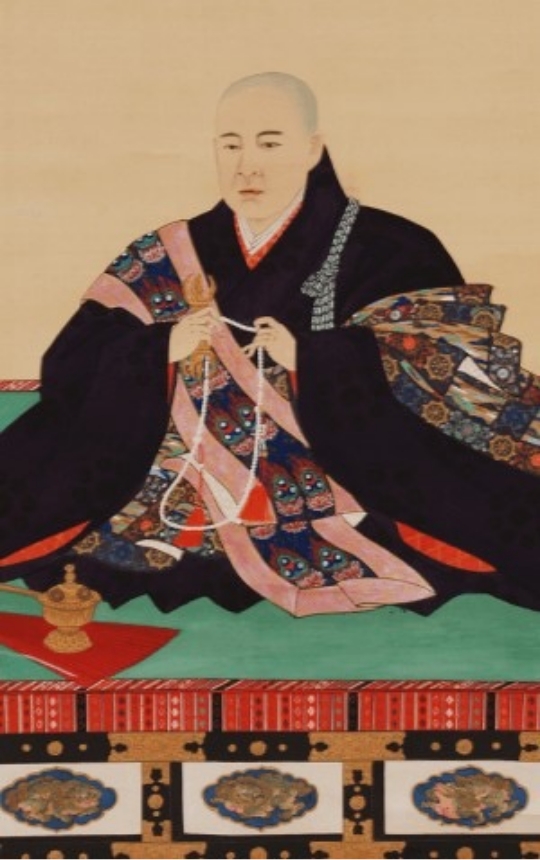
LOCATION
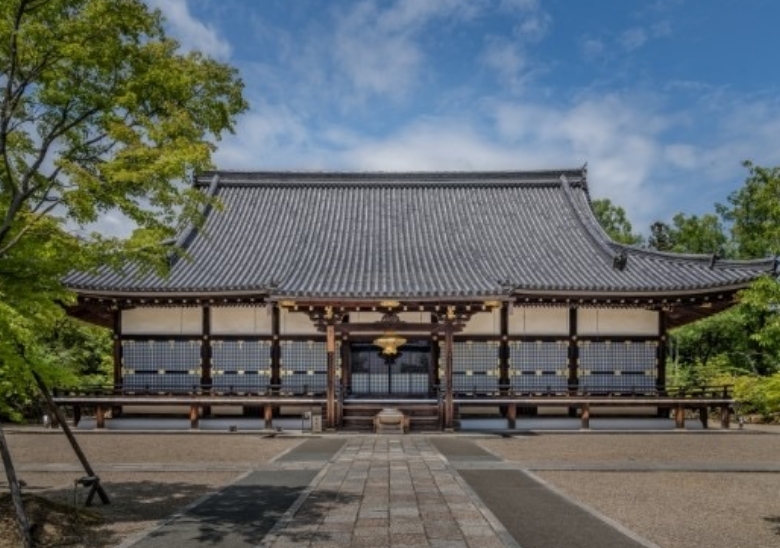
Kondo (National Treasure)
The Kondo, which is the main hall of Ninnaji Temple, is a relocated version of the Imperial Palace Shishinden, built in Keicho 18 (1613).
The principal image is Amida Sanzon and the sculptor is Unbushi. It was built in Kanei 21 (1644).
-
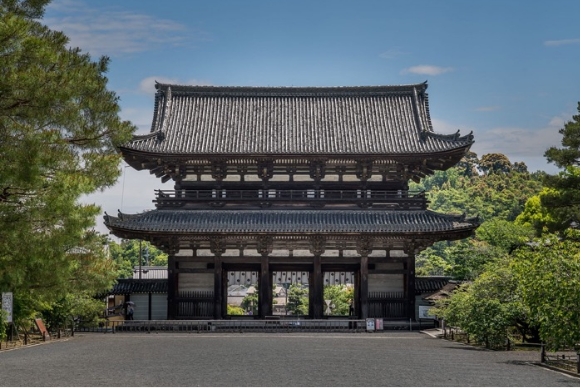
Niomon (Important caltural properties) Niomon (Important caltural properties)

The Nioimon Gate is the first thing that visitors to Ninna-ji Temple will see. It is a truly imposing structure, but its grandeur is further emphasized by the fact that it is built one step higher than the road.
The name “Nioh-mon” comes from the fact that it houses the statues of Nioh, the guardians of the entire temple area, and is commonly referred to as “Sanmon” or “Nandaimon. The Nioimon gate, together with the Sanmon gate at Chion-in Temple and the Yamamon gate at Nanzen-ji Temple, are known as the “three great gates” of Kyoto, and are both representative of the architecture of their era.
The difference is that while the gates of Chion-in and Nanzen-ji are built in the Zen sect style, or Tang style, Ninna-ji’s Nioh-mon Gate is built in the Japanese style. This gives the gate a more serene atmosphere, and the architectural style gives it a bright and elegant impression in spite of its huge scale.
It was built between 1637 and 1644 in the early Edo period.
-
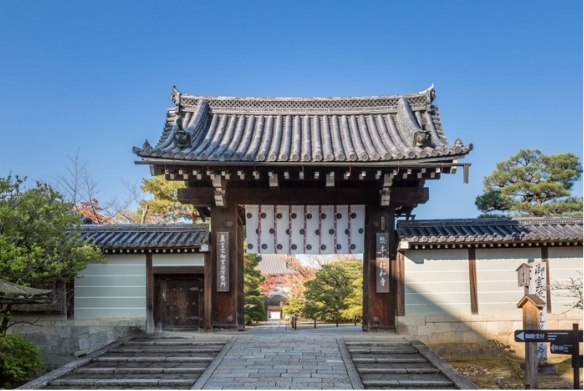
Niomon (Important caltural properties) Niomon (Important caltural properties)

The Nioimon Gate is the first thing that visitors to Ninna-ji Temple will see. It is a truly imposing structure, but its grandeur is further emphasized by the fact that it is built one step higher than the road.
The name “Nioh-mon” comes from the fact that it houses the statues of Nioh, the guardians of the entire temple area, and is commonly referred to as “Sanmon” or “Nandaimon. The Nioimon gate, together with the Sanmon gate at Chion-in Temple and the Yamamon gate at Nanzen-ji Temple, are known as the “three great gates” of Kyoto, and are both representative of the architecture of their era.
The difference is that while the gates of Chion-in and Nanzen-ji are built in the Zen sect style, or Tang style, Ninna-ji’s Nioh-mon Gate is built in the Japanese style. This gives the gate a more serene atmosphere, and the architectural style gives it a bright and elegant impression in spite of its huge scale.
It was built between 1637 and 1644 in the early Edo period.
-
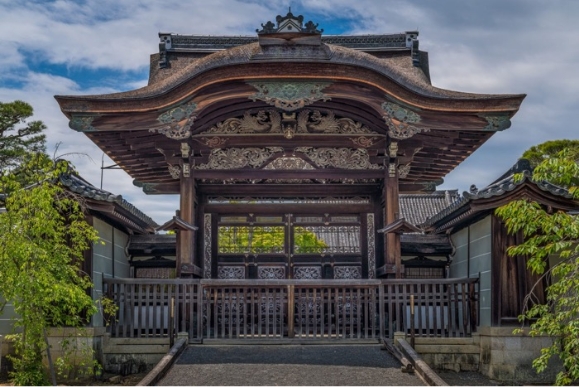
Chokushimon Chokushimon

The Nioimon Gate is the first thing that visitors to Ninna-ji Temple will see. It is a truly imposing structure, but its grandeur is further emphasized by the fact that it is built one step higher than the road.
The name “Nioh-mon” comes from the fact that it houses the statues of Nioh, the guardians of the entire temple area, and is commonly referred to as “Sanmon” or “Nandaimon. The Nioimon gate, together with the Sanmon gate at Chion-in Temple and the Yamamon gate at Nanzen-ji Temple, are known as the “three great gates” of Kyoto, and are both representative of the architecture of their era.
The difference is that while the gates of Chion-in and Nanzen-ji are built in the Zen sect style, or Tang style, Ninna-ji’s Nioh-mon Gate is built in the Japanese style. This gives the gate a more serene atmosphere, and the architectural style gives it a bright and elegant impression in spite of its huge scale.
It was built between 1637 and 1644 in the early Edo period.
Gallery
-
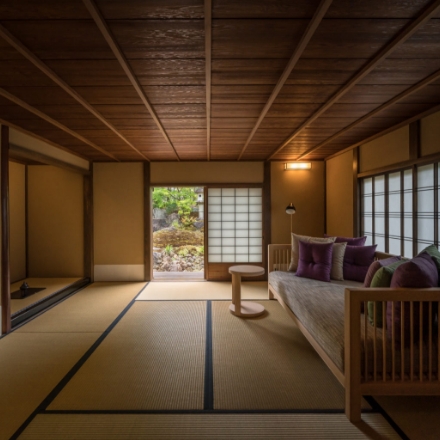
Image title -
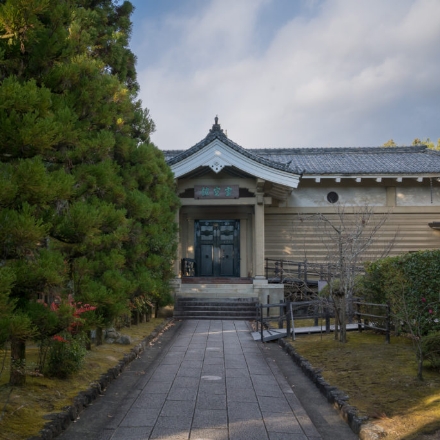
Image title -
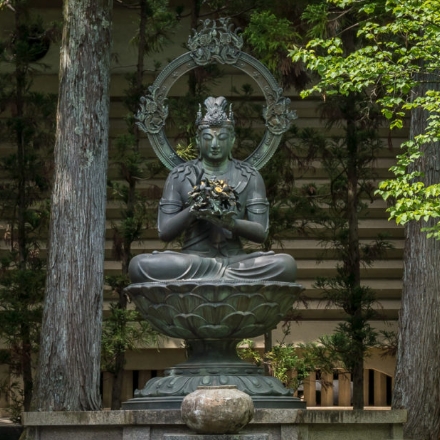
Image title -
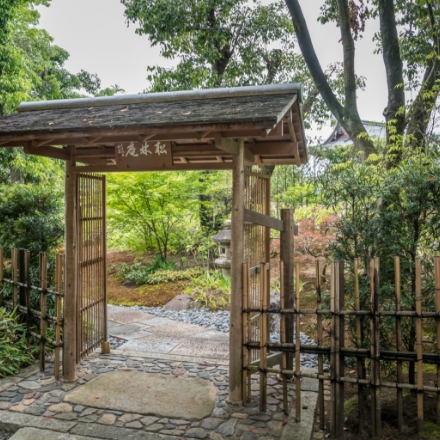
Image title -
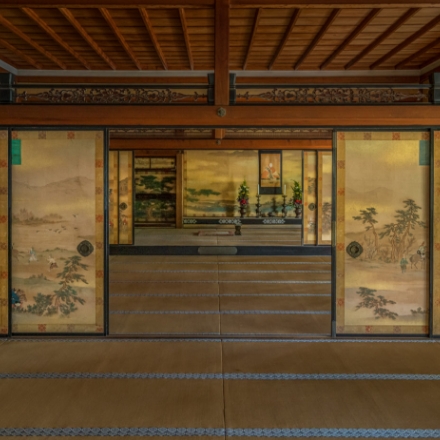
Image title -
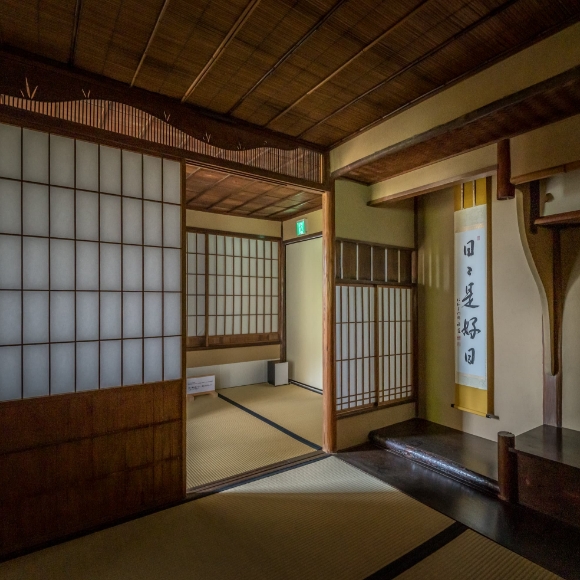
Image title -
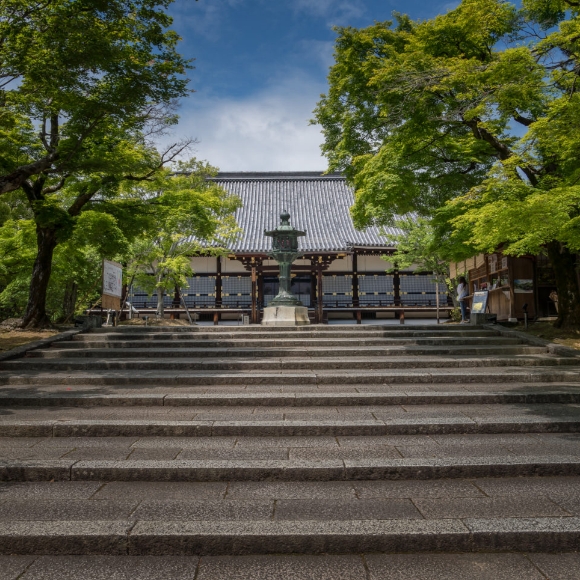
Image title -
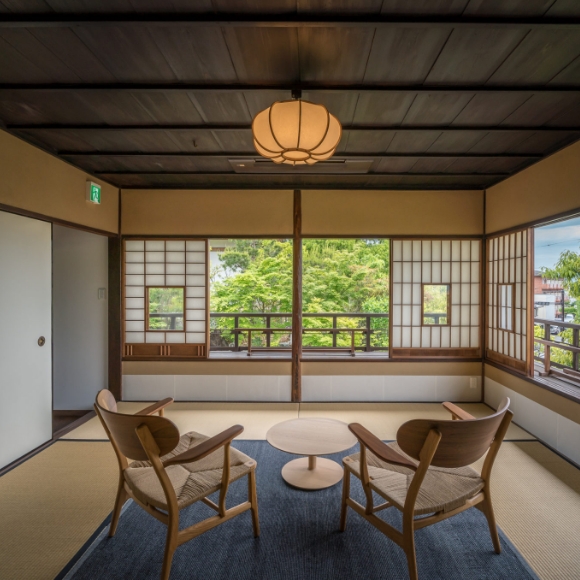
Image title


